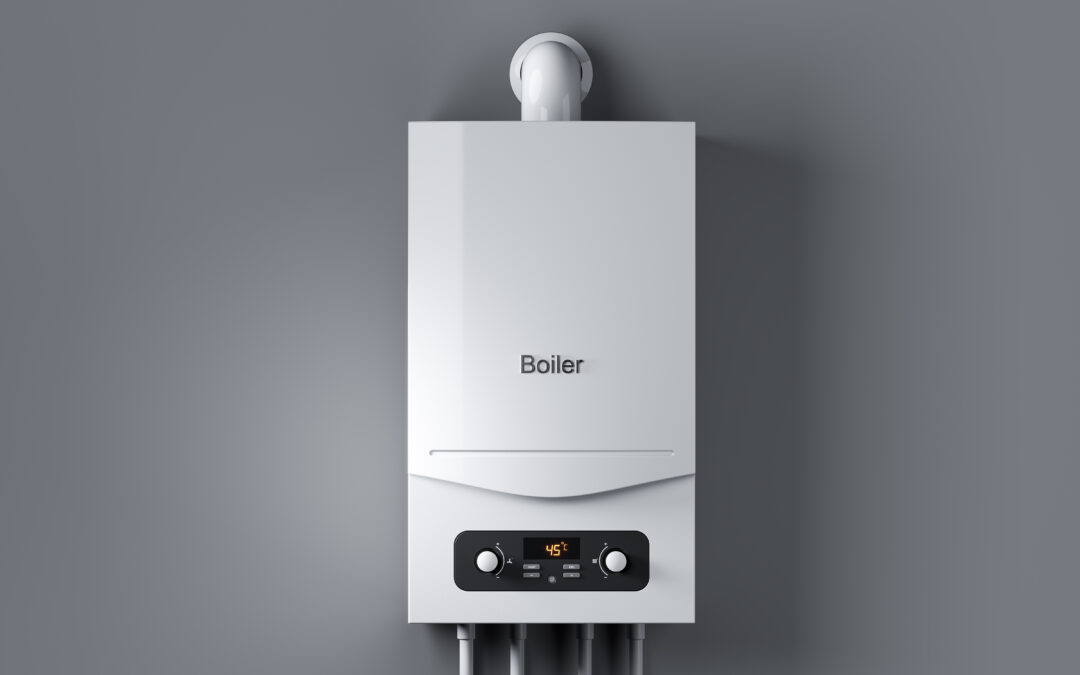Exploring the Dawn of Air Conditioning in Eastbourne
The dawn of air conditioning in Eastbourne, a town located on the southeastern coast of England, can be traced back to the early 20th century. Similar to many technologies, air conditioning was initially a luxury, available only in the grand hotels and large homes of the affluent. The primary purpose of air conditioning at the time was not only to provide comfort during the summer months, but also to ensure that the high standards of living were maintained.
Air conditioning was a novel phenomenon in Eastbourne, a place known for its variable climate, with its warm summers and cool winters. Over time, air conditioning became less of a luxury and more of a necessity, driven by industrial and technological evolution. The technology allowed businesses, shops, and offices to operate more efficiently and effectively, thereby driving economic growth.
As the demand for air conditioning increased, the industry began to expand rapidly. This led to an increase in competition among air conditioning manufacturers and suppliers, initiating a cycle of innovation and advancement in technology. This period marked the genesis of the modern air conditioning industry in Eastbourne and laid the groundwork for its future development.
The Evolution of Air Conditioning: A Historical Perspective
The evolution of air conditioning in Eastbourne is closely linked with the town’s growth and development. As the town expanded, so did the demand for air conditioning. Businesses and homes increasingly require climate control to ensure comfort and productivity. This led to the development of more energy-efficient and affordable air conditioning systems, allowing more and more people to reap the benefits of this technology.
The second half of the 20th century marked a significant shift in the air conditioning industry. Regulatory changes and increasing environmental awareness led to the development of more eco-friendly air conditioning systems. Manufacturers began to focus on reducing greenhouse gas emissions and increasing energy efficiency, leading to the advent of systems that used refrigerants with lower global warming potential.
Today, air conditioning in Eastbourne has evolved from a mere luxury to an essential part of everyday life. It is instrumental in creating a comfortable living and working environment, facilitating business operations, and maintaining the quality of life in the town.
The Role of Air Conditioning in Eastbourne’s Development
Air conditioning played a crucial role in Eastbourne’s development. It allowed businesses to operate year-round, increasing productivity and economic output. Businesses such as retail stores, restaurants, hotels, and offices could offer comfortable environments for their customers and employees, which in turn increased patronage and employee productivity.
The installation of air conditioning systems in homes also increased the town’s appeal as a residential area. The comfort provided by climate control made Eastbourne a more attractive place to live, contributing to an increase in population and urban development.
Moreover, the air conditioning industry itself became an important part of Eastbourne’s economy. The demand for air conditioning systems led to the growth of manufacturing and servicing businesses, creating jobs and contributing to the town’s economic development.
The Impact of Climate Change on Air Conditioning Usage
Climate change has significantly impacted air conditioning usage in Eastbourne. As global temperatures rise, the demand for air conditioning has increased. Summers have become hotter, leading to higher energy consumption for cooling. This has resulted in an increased strain on the town’s energy infrastructure, as well as increased greenhouse gas emissions.
With the increased frequency and intensity of heat waves, air conditioning has become an essential tool in safeguarding public health. It helps prevent heat-related illnesses and deaths, especially among vulnerable populations such as the elderly.
However, the increased use of air conditioning also contributes to global warming, creating a vicious cycle. This has led to a growing emphasis on the development and usage of energy-efficient and environmentally friendly air conditioning systems.
Air Conditioning and Energy Consumption: A Local Analysis
In Eastbourne, air conditioning accounts for a significant portion of the town’s energy consumption, particularly during the summer months. As the town continues to grow and develop, this demand is likely to increase. This places a burden on the local energy infrastructure and contributes to greenhouse gas emissions.
However, advancements in air conditioning technology have led to the development of more energy-efficient systems. These systems use less electricity, reduce emissions, and are more cost-effective for users. The adoption of these systems in Eastbourne has the potential to significantly reduce the town’s overall energy consumption and environmental impact.
Local authorities and businesses in Eastbourne have also implemented measures to manage energy consumption. These include energy audits, the installation of smart meters, and the promotion of energy-saving practices. These efforts, combined with the adoption of efficient air conditioning systems, can help to manage the town’s energy consumption and mitigate its environmental impact.
Modern Innovations in Air Conditioning Technology
Modern innovations in air conditioning technology have drastically improved the efficiency and environmental impact of these systems. Developments such as variable refrigerant flow (VRF) systems, smart controls, and advances in heat pump technology have made air conditioning more efficient and versatile.
VRF systems, in particular, have gained popularity due to their high efficiency and flexibility. They allow for the control of multiple indoor units with a single outdoor unit, enabling different zones within a building to be cooled at different temperatures. This not only improves comfort but also reduces energy consumption.
Smart controls offer another avenue for improvements in efficiency. They allow for the remote control and monitoring of air conditioning systems, enabling users to optimise their energy usage. Advances in heat pump technology have also led to the development of systems that can provide both heating and cooling, further increasing their flexibility and efficiency.
The Socioeconomic Implications of Air Conditioning in Eastbourne
The spread and adoption of air conditioning in Eastbourne have had significant socioeconomic implications. On the one hand, it has facilitated economic growth by enabling businesses to operate more effectively and efficiently. On the other hand, it has led to increased energy consumption and associated environmental impacts.
However, the availability and affordability of air conditioning have also contributed to social equity. It has become more accessible to low-income households, helping to reduce the impact of heat-related health risks. The air conditioning industry has also created jobs, contributing to the town’s economic development.
Nevertheless, the environmental impact of air conditioning remains a significant concern. The resulting greenhouse gas emissions contribute to climate change, which in turn increases the demand for air conditioning, creating a vicious cycle. Therefore, continuing innovation and regulation are crucial to mitigate these impacts and ensure the sustainable use of air conditioning in Eastbourne.
Shaping the Future: The Importance of Efficient Air Conditioning
As Eastbourne continues to grow and develop, efficient air conditioning will play a crucial role in shaping its future. Increased efficiency can reduce the town’s energy consumption and environmental impact, while still providing the comfort and productivity benefits that air conditioning offers.
Technological innovation will be key to achieving this efficiency. Advances in technology, such as VRF systems and smart controls, can significantly reduce energy consumption. At the same time, regulatory measures and incentives can encourage the adoption of these technologies, further driving efficiency.
Ultimately, the future of air conditioning in Eastbourne will depend on balancing the needs for comfort, productivity, and growth with the need for sustainability. By embracing innovation and efficiency, Eastbourne can continue to reap the benefits of air conditioning while mitigating its environmental impact.





